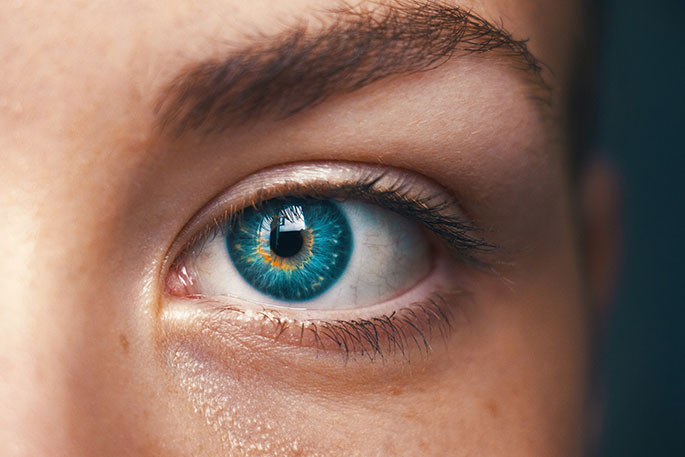New research has revealed that over half of Kiwi children aged 16 and under are spending more than two hours per day on screens, contrary to recommendations from the Ministry of Health who suggest two hours should be the limit.
While screens might not exactly make your child’s eyes square, digital eye strain can certainly contribute to issues with vision, such as blurry eyesight, dry eyes, irritation, and increase the chance of myopia (short-sightedness).
Myopia, or short sightedness, is on the rise globally, with the World Health Organisation estimating that 52 per cent of the global population will have myopia by 2050.
And, there’s an alarming incidence spike amongst children, with time on digital screens as a major contributing factor .
The research, commissioned by Specsavers, indicated that New Zealand parents are not necessarily aware of the potential impact of digital eye strain. 90 per cent of parents say they would restrict screentime if they knew it was detrimental to their children’s eyesight – a perhaps difficult task considering many children are using tablets (48 per cent) and mobile phone screens (59 per cent) for their learning and entertainment.
The findings also found that over two thirds of parents took their child in for an eye test when prompted by symptoms, while a mere 27 per cent say they would take their child in as part of a routine check or because their child had reached an age where they thought it was appropriate to do so.
To ensure every child is set up for success heading into their school year, optometrists are calling for all parents and carers to include an eye test on their back-to-school check list, something that is free at Specsavers for all kids aged 15 and under.
"Parents often overlook the importance of an eye test, not only for themselves, but for their kids too," says Specsavers optometrist David Aldridge.
"To detect, correct and manage any issues, we encourage parents and carers to bring their child in for their first eye test around the age of 3 or 4, or sooner if you’re concerned about any issues.
“With the increasing prevalence of screens in day-to-day life, our kids have become particularly susceptible to conditions such as myopia.
“Ensuring your kids don’t go untreated is as simple as making an eye test part of your back-to-school checklist.”
The research found that 80 per cent of parents were at least somewhat concerned that the amount of time their child spent looking at screens could negatively impact their vision.
However, only a quarter of parents say they had taken their child in for an eye test.
“Don’t wait until your child has trouble focussing, blurred vision or headaches, be proactive in seeing your optometrists.
"What many people don’t realise is that early intervention is key, especially when amblyopia, commonly known as a lazy eye, is present.
“We need the opportunity to see them well before this to give the child the best chance for their vision to develop correctly.”
While we may not be able to abolish screens from our kid’s lives, there are some healthy habits outside of eye checks and reduced screen time which can help set up our children for success.
David’s top tips for digital eye strain:
1. Remind children to blink. Blinking regularly keeps the surface of your eyes from drying out.
2. Keep a bottle of water close-by. Your eyes dry out when you’re dehydrated so making sure children are drinking plenty of water throughout the day is important.
3. Follow the 20-20-20 rule. This means, every 20 minutes remind children to shift their eyes to look at an object at least 20 metres away, for at least 20 seconds. The easiest way to do this is to take small ‘window’ breaks and look out at a faraway object to give tired eyes a break from the screen.
4. Make sure that during the school week, children spend time playing outside or stepping away from the screen to do another activity to give their eyes a break.



0 comments
Leave a Comment
You must be logged in to make a comment.